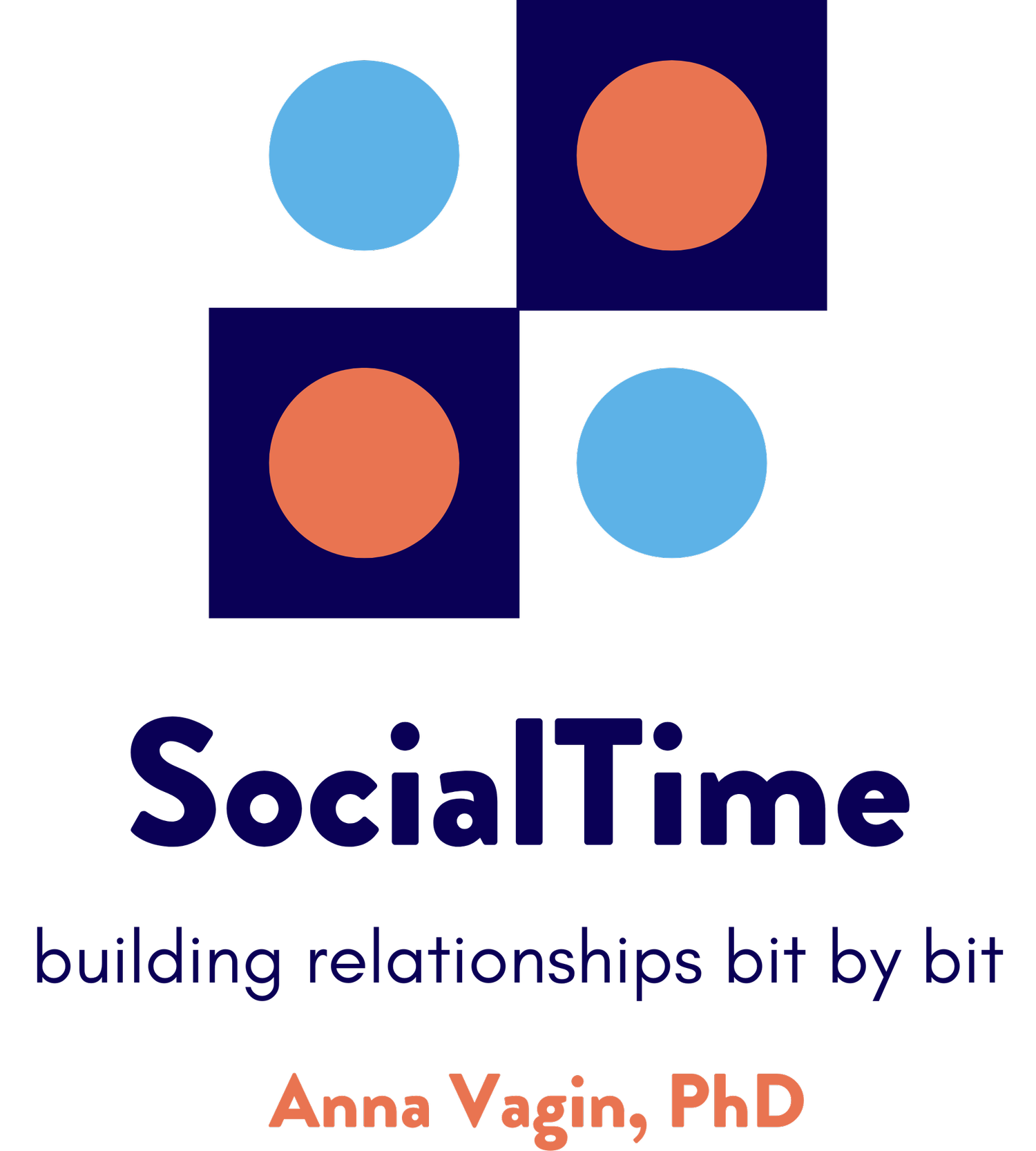Inference and jump cuts – what’s the connection?
Supporting our students to build inference skills
When I worked on my Movie Time book 🍿 and was researching how the making of movies changed over the decades, I came across the term jump cut. It really resonated with me as I thought about the students I worked with and how they missed so much about a movie or animation. And how I could support them in building better comprehension.
So, what is a jump cut?
Here’s a great definition:
McGinn, C. (2005). The power of movies: How screen and mind interact. Pantheon Books
Basically, a jump cut is when information is missing – and that’s inference. We actually see jump cuts EVERYWHERE, not just in the movies. Even in children’s picture books📘:
And certainly, in animations:
In all of these freeze frames, we don’t know who the character is looking at or what is happening. That makes it harder for many of our students to figure out what is going on. 🤔 To identify the thoughts and feelings that are involved. To decode how the characters are influencing each other.
Contrast the above examples with this one, which actually is from a more sophisticated animation:
Here, it’s easier to figure out what is happening because all the relevant information is in the frame. We see WHY the girl is scared. That’s a dancing Rubik's Cube! 💃🏿 There isn’t as much for us, or our students, to figure out. It's all in view.
Jump cuts in our day-to-day life
The thing is, jump cuts are actually all around us. 🎞️ They happen every time we move or look away and then return. We have missed information, and we have to infer what occurred in our absence.
Mom was washing the breakfast dishes, but when a student comes back from brushing their teeth, she’s headed to the car in the garage. That change might mean something for our students!
Kids are milling around before P.E., and our student goes to get a drink. When they return, the teacher is organizing teams. Again, that change means something.
How can we help our students build their inferential skills – that depend on noticing relevant contextual information as well as thinking about what they know about the world and how it works? Here are my steps from a recent session that might give you some ideas!! 💡
Building inferential skills using jump cuts
Watching Joy and Heron, by Passion Pictures, I paused and asked, “What is Joy looking at?” 🧐 The student struggled with this jump cut, so I quickly took a screenshot and popped it into PowerPoint to start from the beginning:
As you can see from her answers, this was challenging for this 7th grader to figure out because of the jump cut.
So, I made the jump cut “disappear” with some quick tech tricks 🪄 involving more screenshots and text boxes to layer in what my student was figuring out:
This visual support made it so much easier for my student!
Part of inference in this example is understanding that you need to not only pay attention to details, but remember them, keeping them in working memory so you can work with the information. I often use the phrase “Think about what you know” with my students.
Yep, it’s those mental state verbs again! 🧠💬
Remember that processing the world and putting thoughts into language is a complicated process, and if too much is required, the whole system can stall. We want to break learning down into chunks so our students find the answers for themselves, like this student did next over a series of slides:
We kept on layering on more and more complex understanding and language. My student was working to draw together all the information she had at her disposal – both from the animation content as well as her general world knowledge (e.g. birds eat worms.) 🪱🐦
What it looks like in session
You may be thinking, “How long did all this take?” ⌛ About 20 minutes. Again, time well spent, because my student was learning that she knew more than she thought she did – she just needed the right support.
Where would I go from here?
Well, I would work a bit more using this format with this or some other animations. 🎞️ Then, we would watch another animation, and I would play the short scene (in Joy and Heron, it’s just a few seconds) a few times over and encourage the student to “Think about what you know.”
It’s bit by bit teaching and learning, but it opens the eyes of our students to greater autonomous understanding.
Give it a try, and let me know how it goes!!
Wishing you all the best in your school year 🍎










